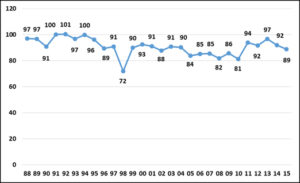By Senen U. Reyes
Senior Management Specialist, CFA-UA&P
Rice self-sufficiency has been the target of every administration. However, it has also been a moving one from one president and agriculture secretary to another up to the current president and agriculture secretary. The reasons: climate change, occurrence of severe calamities, lack of funds, budget request not acted upon favorably, absorptive capacity, etc. The latest is that rice self-sufficiency will be attained in 2020 from the previous 2018 then 2019; three pronouncements over the first nine months in office.
Can it happen? Yes it can. Will it happen in 2020? Several factors have to be considered to attain the target of 21.67 million tons based on government estimates: absorptive capacity of the agriculture department on the execution of programs and projects, infrastructure development, increase in cropping intensity and productivity, lifting of the quantitative restrictions on rice importation in July 2017, competitiveness of the rice industry, etc. This will need a sustained growth of 5-6 percent annually over four years barring severe weather disturbances.
It is indeed a tall order. But at the end of it all, will rice self-sufficiency translate to the farmers’ better quality of life?
Rice Self-Sufficiency Ratio (%)

Source: Philippine Statistics Authority
